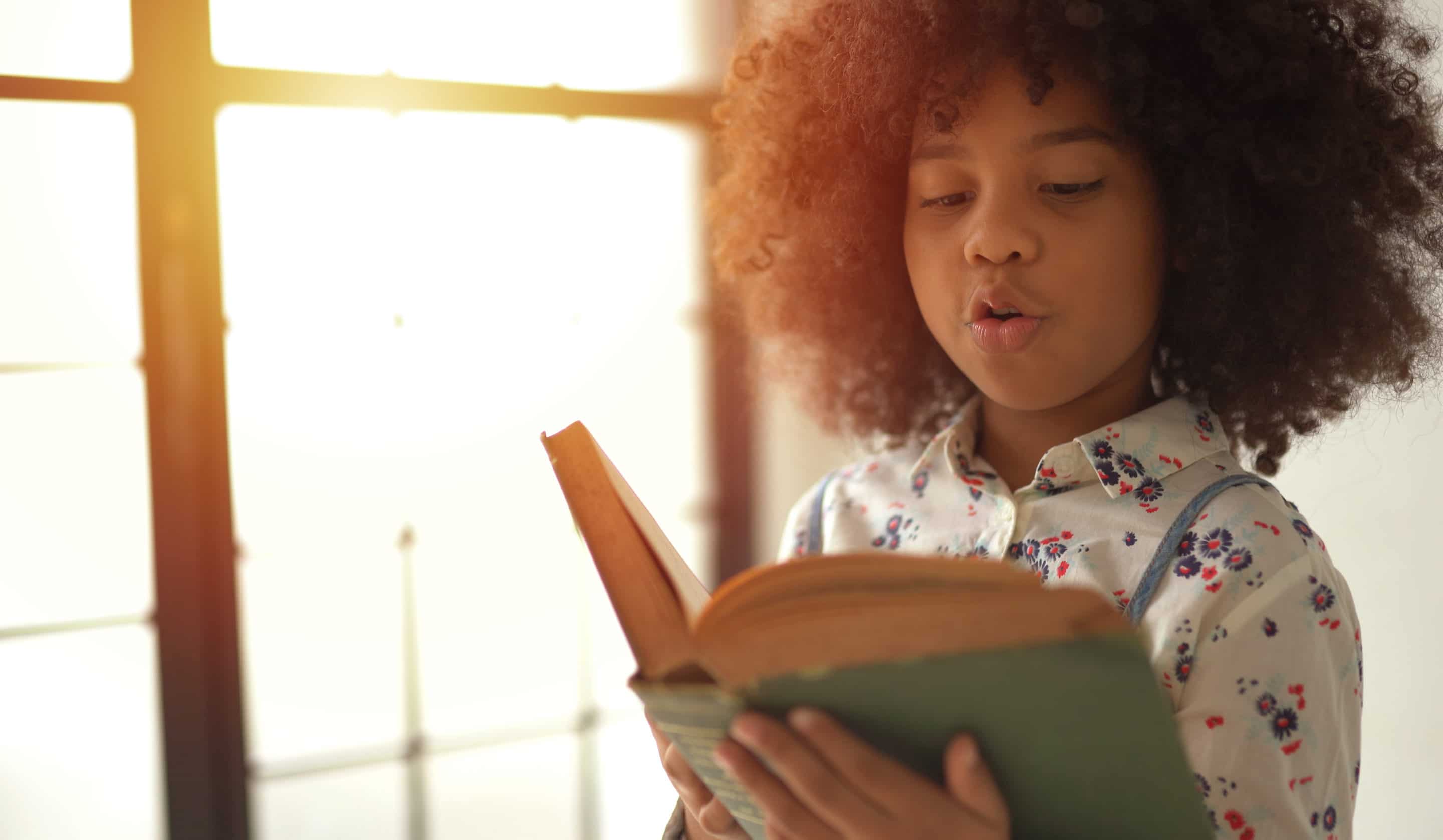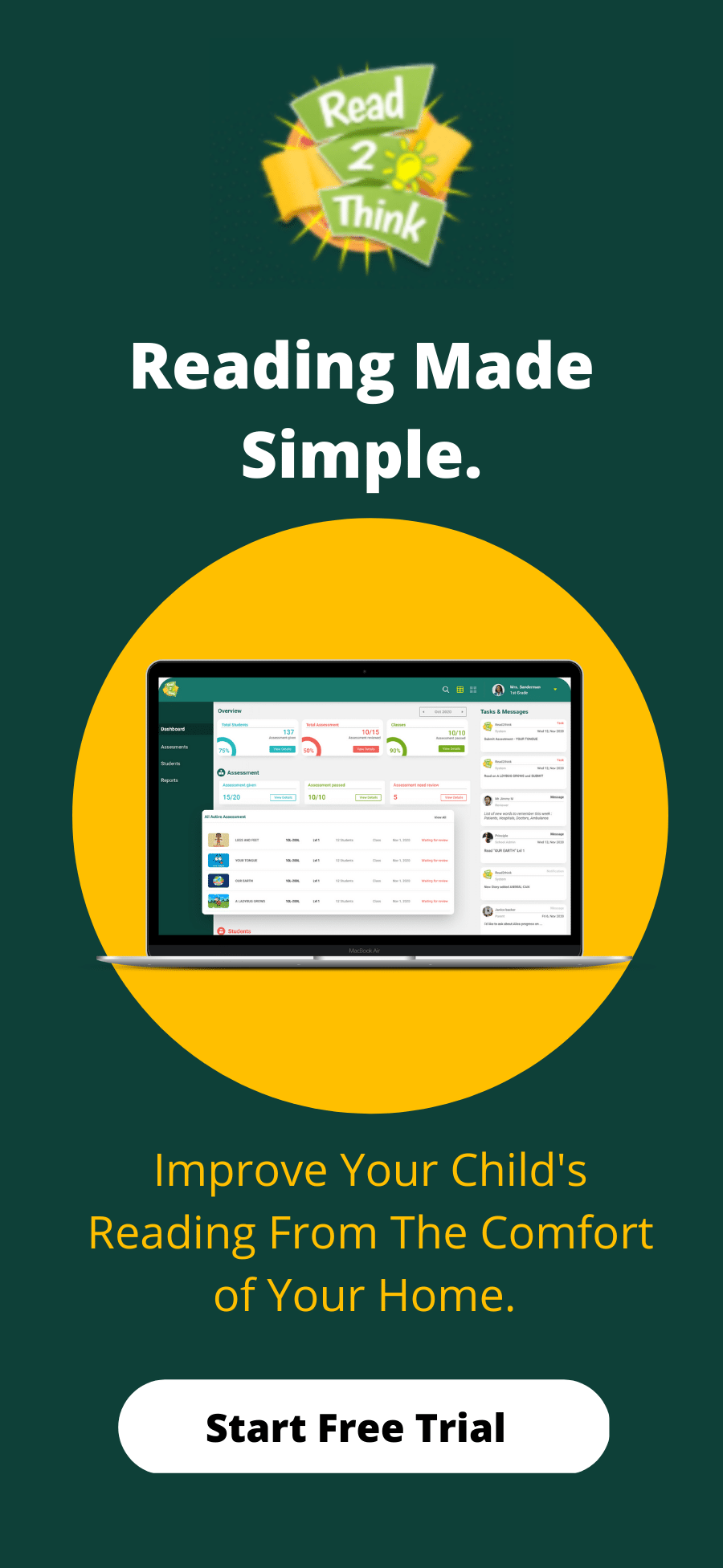Reading can be a joy for some and a chore for others, and that largely depends on a reader’s skill and ability. If you aren’t a strong reader, you might not enjoy reading as much as someone who has strong reading comprehension skills or who read a lot when they were younger. The only way to build those skills is to practice, which is why building these skills during a child’s formative years (ages 0-8) is imperative for long term reading success.
During these years, children undergo rapid cognitive, social, emotional and physical development, making it a prime time to learn the skills necessary to develop lifelong literacy skills. One of these necessary skills is oral reading fluency.
What is Oral Reading Fluency?
Reading can be a joy for some and a chore for others, and that largely depends on a reader’s skill and ability. If you aren’t a strong reader, you might not enjoy reading as much as someone who has strong reading comprehension skills or who read a lot when they were younger. But the only way to build those skills is to practice, which is why building these skills during a child’s formative years (ages 0-8) is imperative for long term reading success. During these years, children undergo rapid cognitive, social, emotional and physical development, making it a prime time to learn the skills necessary to develop lifelong literacy skills. One of these necessary skills is oral reading fluency.
Oral reading fluency consists of three primary components/skills: accuracy, speed, and vocal expression. With those three components in mind, oral reading fluency is the ability to read connected text quickly, accurately, and with emotional expression. In doing so, there is no noticeable cognitive effort that is associated with decoding the words on the page. These skills lay the groundwork for reading comprehension, with readers who master oral reading fluency being much more likely to better comprehend the information offered to them from literature.
How Do You Teach Oral Reading Fluency?
Understand the Process
In order to teach these skills, it is important that students understand the reasoning and process behind learning each piece of the pie. A great breakdown of these skills is explained in the blog post, “Teaching Oral Reading Fluency”, from the website “Teaching with a Mountain View”. The post breaks the process of oral reading fluency into five parts: accuracy, expression/prosody, punctuation, pace, and comprehension.
Below is a breakdown of each skill and what success looks like in developing strong oral reading fluency:
- Reading accurately means that young readers are not eliminating or skipping over words when reading text, nor are they adding in words that are not included in the text they are reading.
- Reading with appropriate expression requires students to inflect their voice at appropriate points when reading, without over exaggerating the content.
- A key follow up to reading with expression is paying attention to punctuation. Encouraging comprehension of punctuation teaches readers to understand the author’s intended interpretation of text by recognizing what the use of exclamation points, commas, italics, or bolded words mean.
- Proper pacing when reading means that students are not reading too fast, to the point where they are not comprehending the words on the page, but are reading at a pace equal to the flow of a natural conversation.
- The final building block of oral reading fluency is comprehension. This means that readers understand the text they are reading and are reading to learn, not just to check a task off a list or say they completed it.
What Experts Have to Say
In an article posted by The International Literacy Association, experts recommend that rather than encouraging students to read alone, silently, or to themselves, reading out loud or with groups helps to facilitate stronger oral reading fluency abilities. This can be listening to others read aloud, performing readings and books as plays to engage students, and making sure to acknowledge not only a student’s skills that need additional support, but also the skills they have mastered or shown growth in. This is why it is vital to read to children at a young age, by reading aloud and modeling strong reading fluency, children learn what accurate and proper reading looks and sounds like, helping them to do it themselves.
Next Steps to Take
To support the development of oral reading fluency in young readers, we have developed a web application, Read2Think, which is intended to provide support as young readers work to build these skills. Read2Think is a web application that assesses a child’s oral reading skills. Stories are written for Kindegarten-Sixth Grade Readers. They are written on, above, and below their current reading level.
Read2Think utilizes Natural Language Processing software and is designed to be responsive, listening to the child, and adapting to their reading needs. Read2Think was created not only with the intent of providing evaluation of a child’s reading skills, but also to provide teachers and parents with a resource to better understand where a child is in their literacy education. Reading aloud, either with friends, teachers, family, or with Read2Think, empowers young readers to build their literacy skills to not only be able to understand the text in front of them, but to comprehend the meanings and intent behind those words as well. To learn more about Read2Think, visit our homepage.






